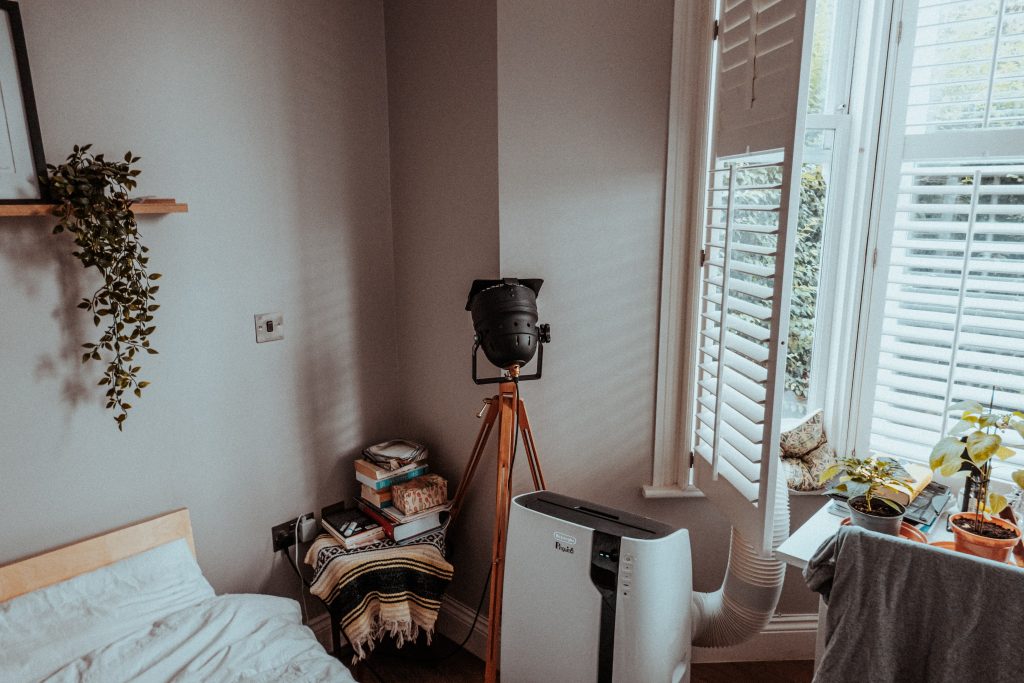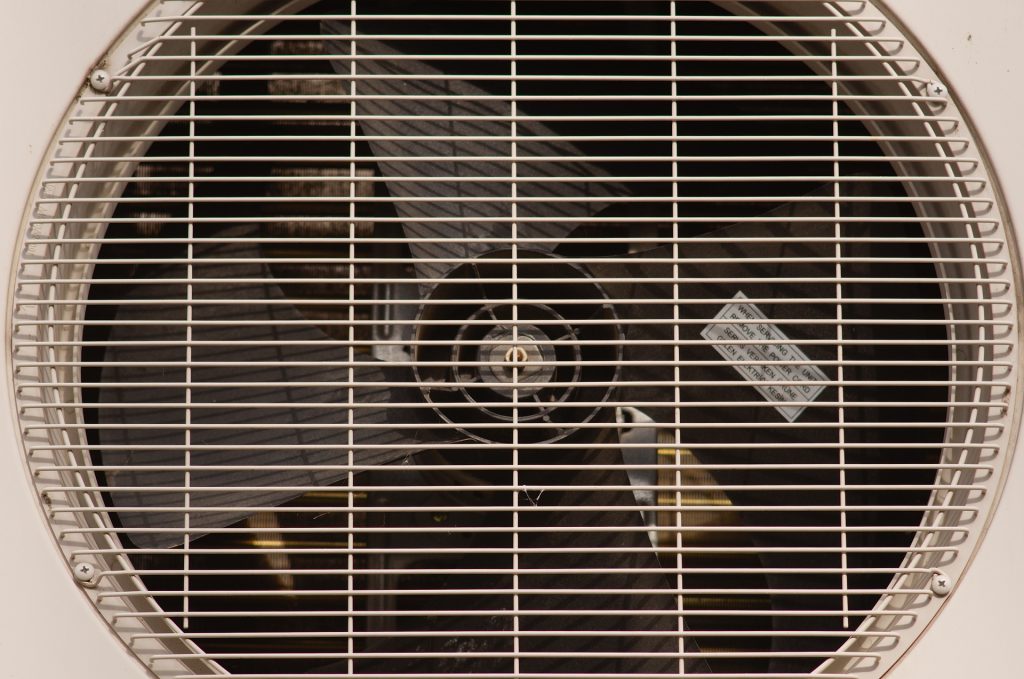Your home should be a safe place for you and your family, and this includes having clean air to breathe in your living environment. But no matter how hard you work to keep your home clean, your air can still be affected by unhealthy contaminants like fumes, mold, mildew, and microscopic particles if not properly ventilated.
Then there are also more serious threats, like radon gases and carbon monoxide, which can be present without you even knowing it until it’s too late.
So, how do you tell if your home has poor air quality? The most important step is getting a home air quality test. Let’s talk more about that.
Signs of Poor Air Quality
The following list includes some of the most common signs that your home has poor air quality. If you are experiencing any of these, consult one of the professionals at American Home Water and Air for effective cleaning and advice.
Ineffective ventilation
If you see condensation on your walls or windows, mold on your walls or other interior surfaces, or noting a stale smell, these are obvious signs that your home is not properly ventilated.
Breathing problems or other health issues
If you are experiencing prolonged symptoms that only subside when you’re away from your house, you might find the air quality in your home is making you ill.
Musty smells
It is easy to become accustomed to the way our home smells, good or bad. If you leave for work and then return home to be hit by an unpleasant odor each day, contaminants such as dirt, mold, or mildew might be the culprit.
Aging houses
Most older homes weren’t built to the same standards in place today. They may include building materials that give off damaging volatile organic compounds (VOCs) or other unhealthy particles. Even a perfectly working ventilation system may not be effective when coping with modern living. This doesn’t preclude new homes from having issues, but current regulations do help improve the odds against having poor air quality.
What about the stuff you can’t see?
The first thing you’ll need to know is how to test the air quality in your home. Knowing is half the battle, so you’ll first need to find out what test to use for the various problems you might be experiencing.
Air quality tests for toxins and pollutants
You can be proactive about maintaining our air quality by installing an air quality monitor in your house. VOC monitors contain special sensors that detect toxins. Other models estimate particles in the air utilizing a laser to determine air pollution levels. The method utilized is determined by what needs to be detected, and some models will also measure the room’s humidity and temperature.
Air quality tests for mold
You can get mold tests in a variety of forms. For example, swabs are used to collect particles from surfaces. You can use them on a counter, tabletop, or any other solid surface where tiny pollutants might settle. These kinds of tests will give you immediate results, but won’t tell you what kind of mold you have.
Tape strips and petri dish tests allow you to gather the samples from your home but require you to send them to a professional lab for testing. Results could take as little as a few days or as much as a few weeks.
Air pumps are set up near your ventilation system or the area you want to test. Contaminants are collected in a closed container where contamination is less likely than with the other types of tests.
Air quality tests for radon
Radon gas is colorless and odorless. It is created by the breakdown of uranium found in certain rocks and soil. It seeps through the foundations of nearby homes and collects in homes until it reaches dangerous levels. Testing for it is an extended process that samples levels over short or extended periods. Results are determined by a lab.
Alternatively, you can get a testing system that operates constantly and provides an alert if radon is present. You may need to install testing equipment in certain areas of your home for this type of system.
Air quality tests for carbon monoxide
Carbon monoxide can be deadly. With limited exposure, this invisible, odorless gas can create confusion, dizziness, and headaches. Prolonged or high-level doses can result in unconsciousness or even death. Many homes already have carbon monoxide detectors built into their smoke detectors. If your home doesn’t have one in place or doesn’t support this feature, consider upgrading to include this potentially lifesaving device.
What to do after testing
Toxins and pollutants
If your testing shows you have elevated levels of harmful particles in your home’s air, you should take immediate measures to improve your ventilation. Have your HVAC system inspected to ensure it is operating properly and follow the recommendations of your technician to correct any problems.
If unable to make needed corrections to the system immediately, you can achieve a bit of immediate improvement by opening your windows or door and placing fans around the rooms to increase airflow.
Mold
If you find that you have mold or mildew, most surfaces will require that you scrub them clean using a cleaner formulated to kill the bacteria. Simple surfaces might need only a wipe down with dish detergent and water or white vinegar, but more porous surfaces might have to be replaced completely as you aren’t likely to remove all the mold through cleaning.
Radon
If radon is detected in your home, it can have detrimental effects on your family’s health. Because this gas leeches in through the surrounding soil, it is a problem that will not go away easily.
You’ll need to consult with a foundation contractor to install a mitigation system that will pull the radon away from your home instead of allowing it to collect and be dispersed throughout your home.
Carbon Monoxide
If you have detected high levels of carbon monoxide in your home, you should open all of the windows and doors and then immediately leave the house. Prioritize moving away from the house and towards fresh air. You can contact your local fire department to fully test your home and find the source of the contamination so you can correct the problem.
Consider installing an air scrubber system in your home
For those homeowners looking to take a proactive approach to improved indoor air quality, air scrubbers can be a fantastic option. Air scrubbers are designed with state-of-the-art technology to purify contaminants and particles such as viruses, bacteria, allergens, and dust straight out of the air circulating throughout your home.
Especially in a region like Phoenix, air scrubbers can go a long way toward freshening the air that you and your family breathe, and they can reduce or even eliminate the need for any extensive air quality improvements in the long run.











